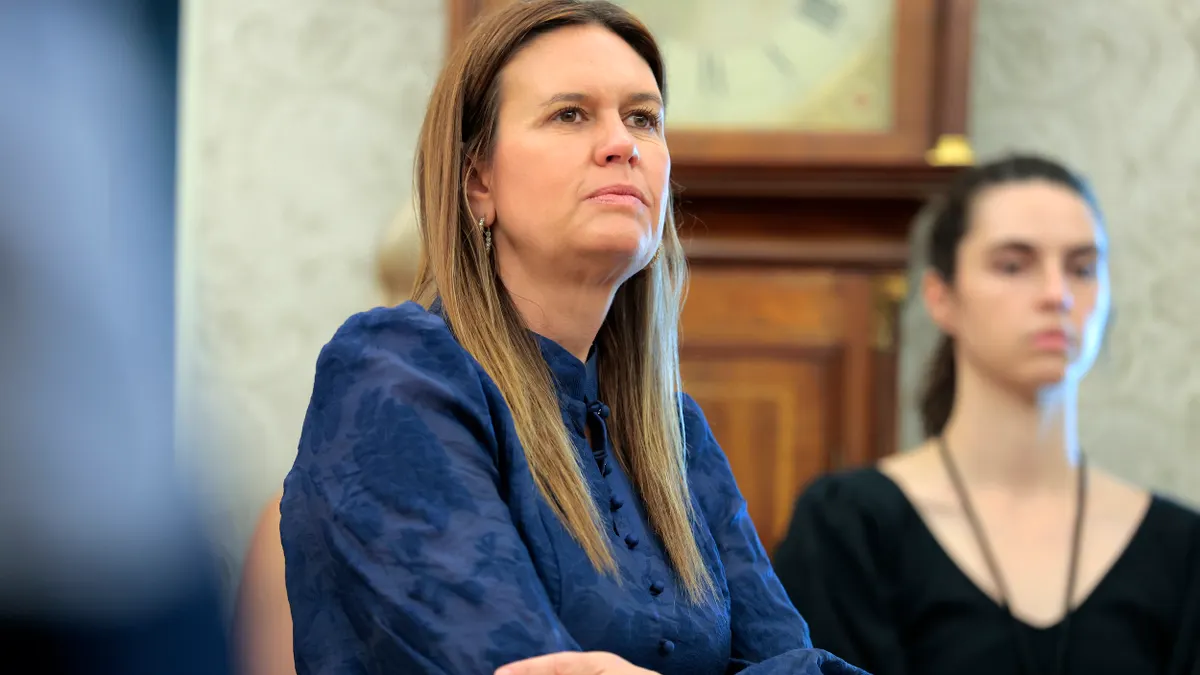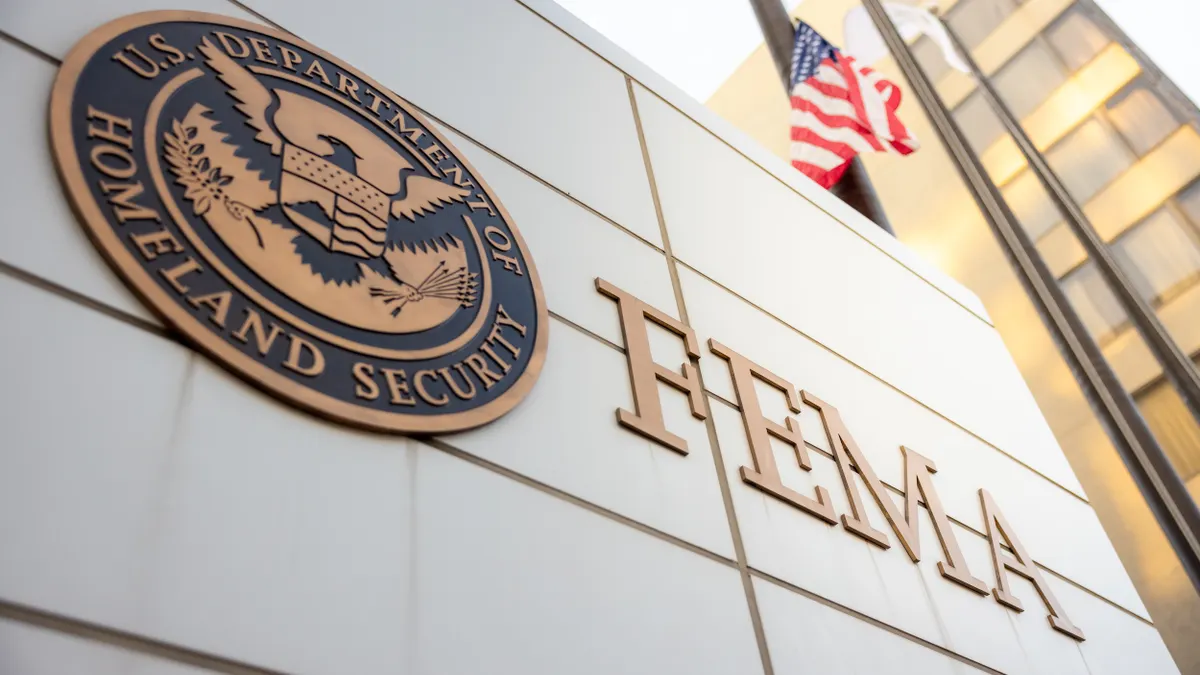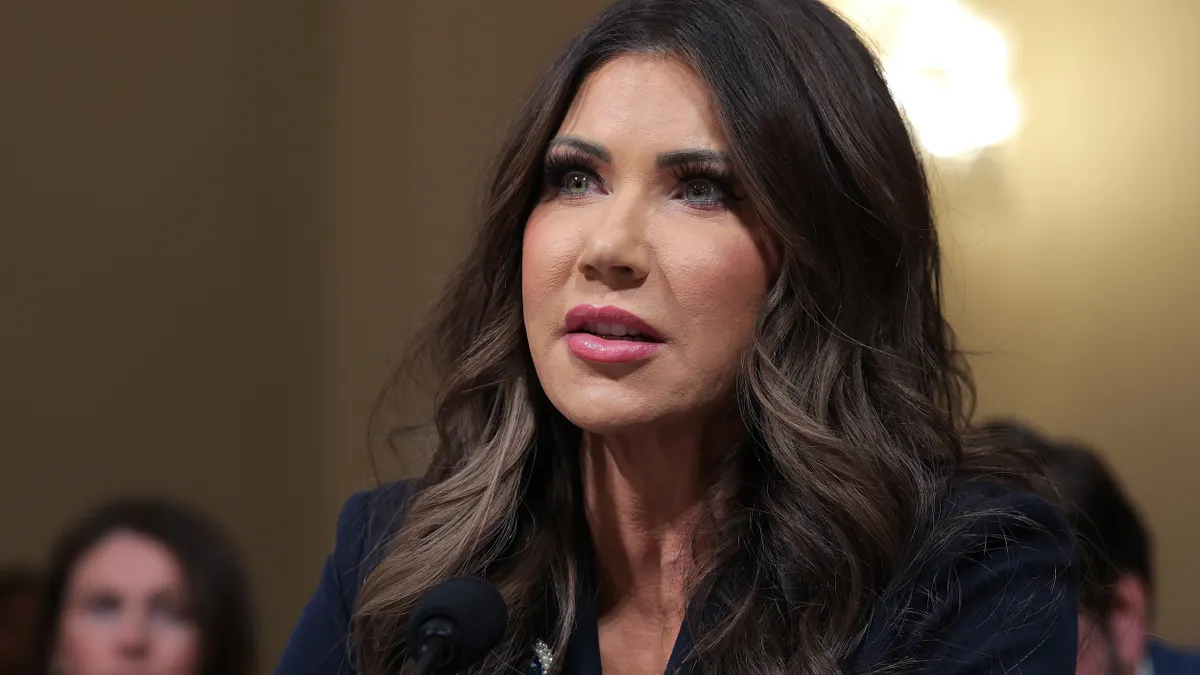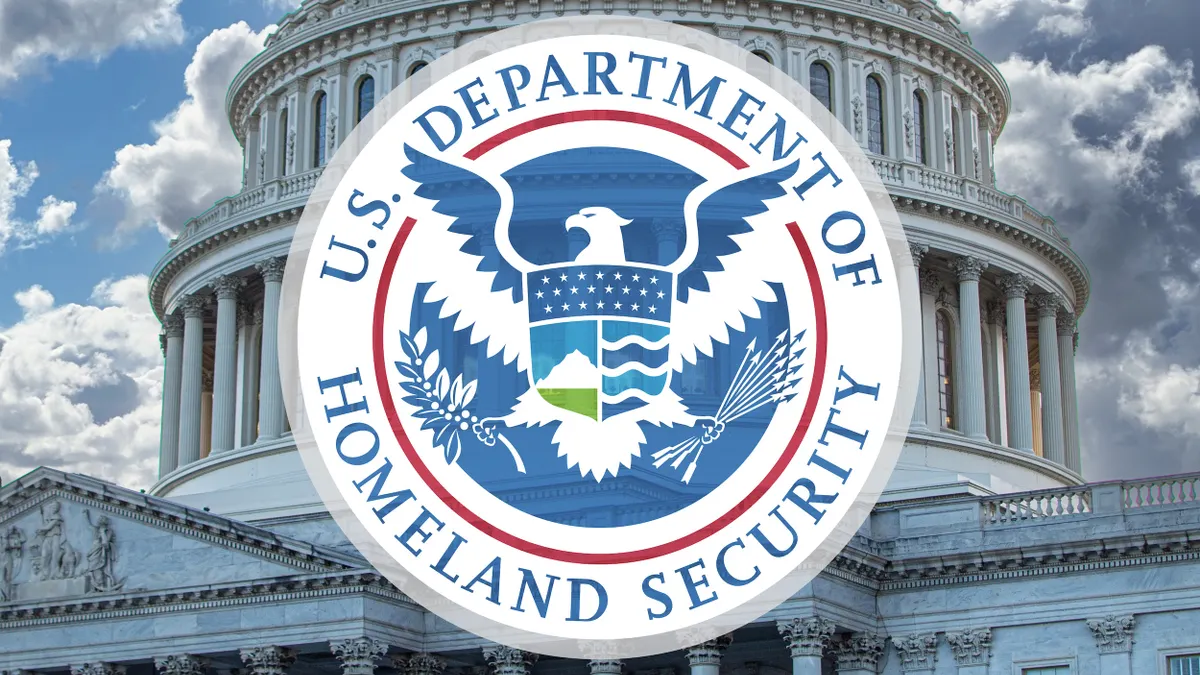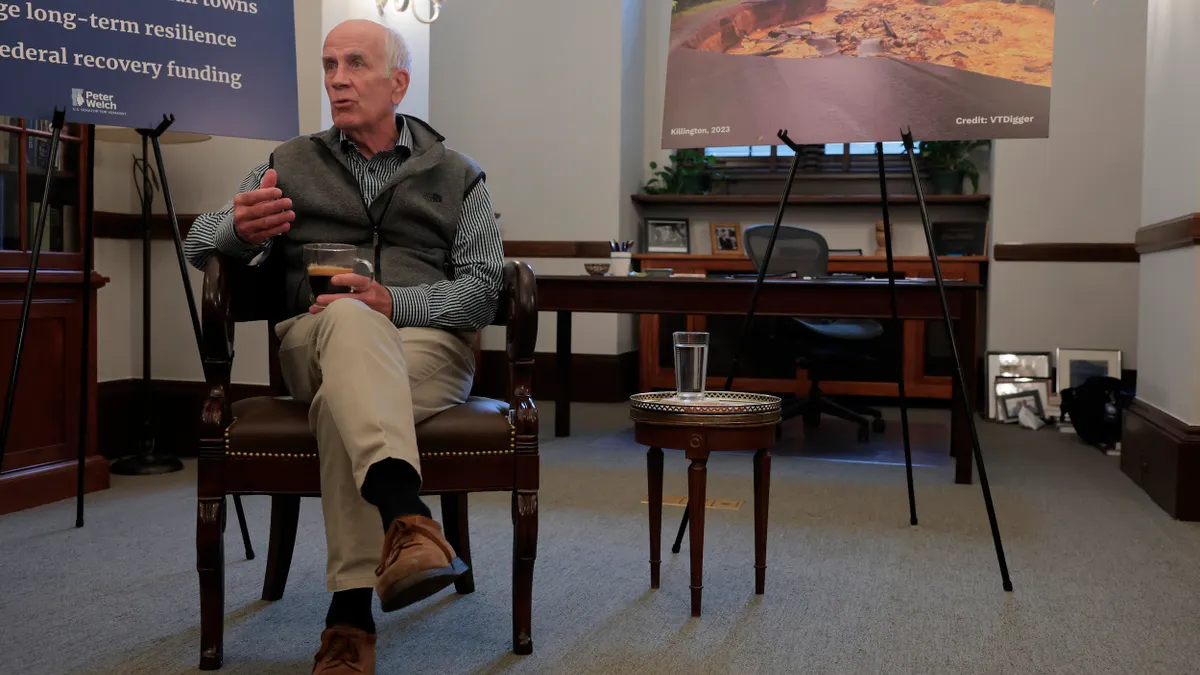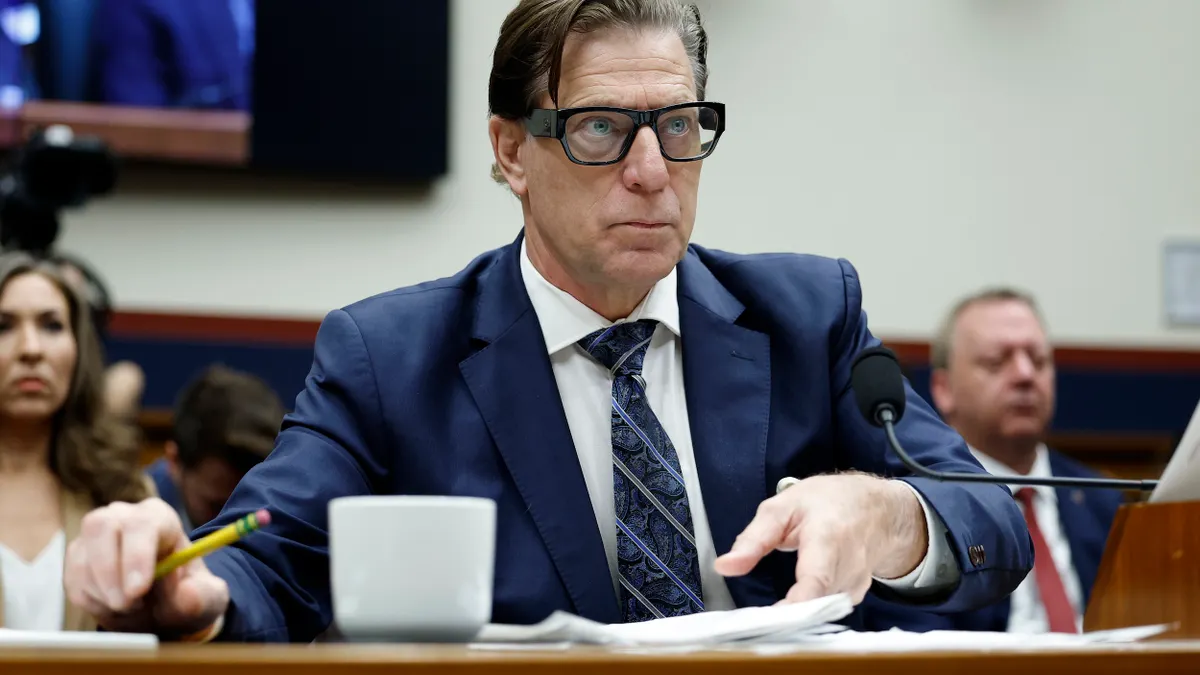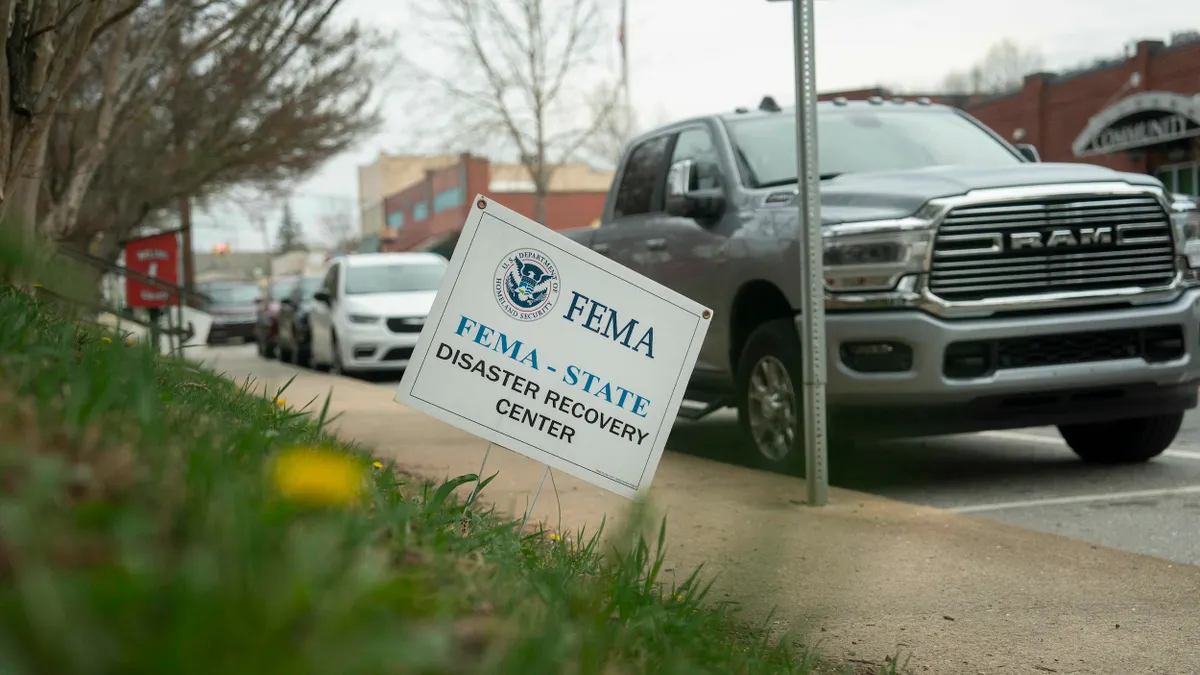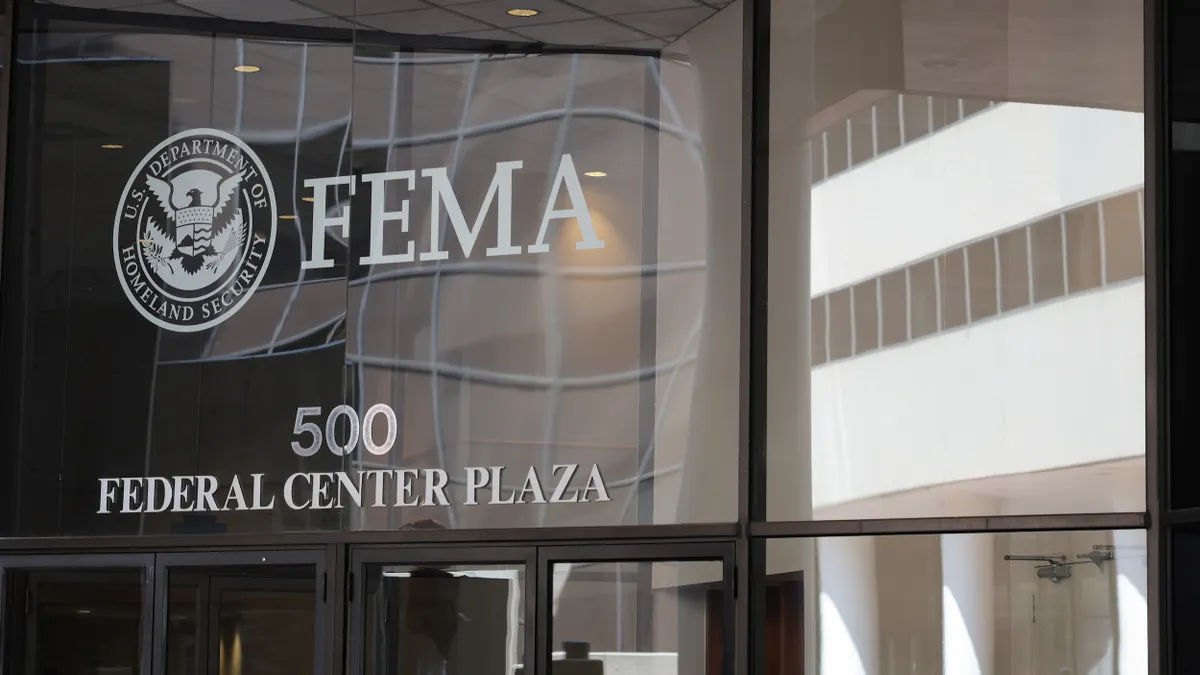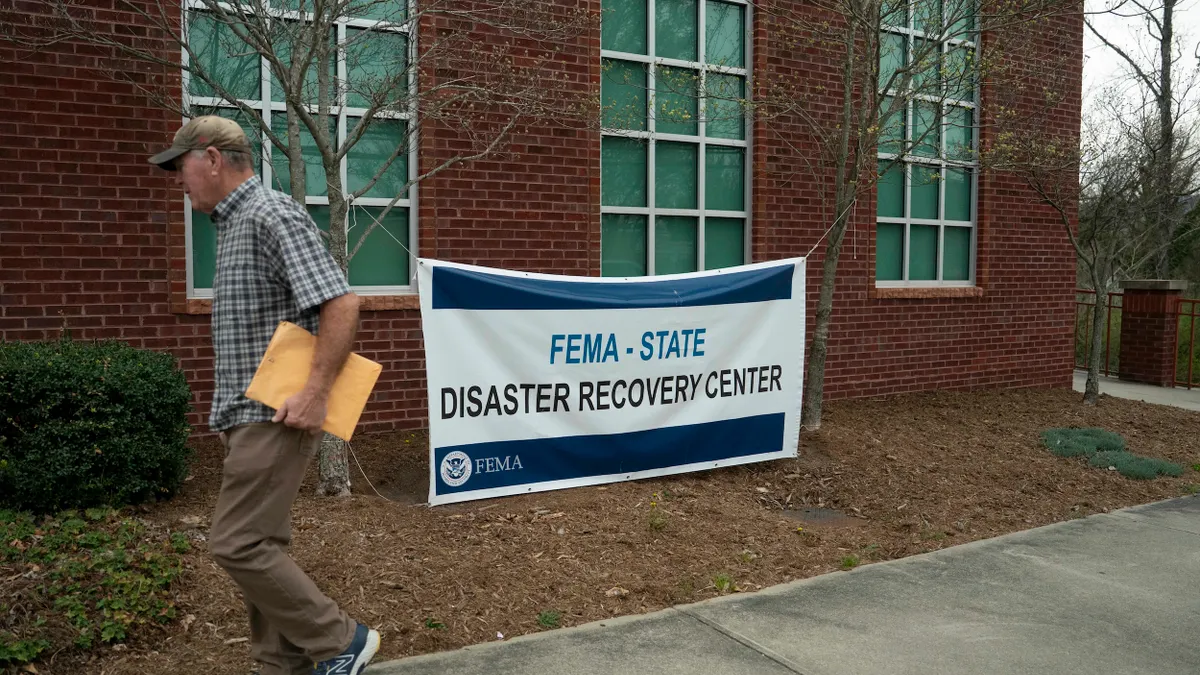Dive Brief:
- The Federal Emergency Management Agency has shifted roughly $11 billion in planned COVID-related reimbursements for 45 states from fiscal year 2025 to fiscal year 2026 and is slowing the pace of new payments as it manages a projected multi-billion-dollar shortfall in its Disaster Relief fund, according to the National Association of Counties.
-
NACo said the shift could have significant implications for state and local governments that had incorporated the funds into their budgets and “a prolonged delay could affect local governments’ ability to respond to disasters in the months ahead.”
-
FEMA said the Disaster Relief Fund “maintains a regular balance, carried over from Fiscal Year 2025 to 2026” and the more than $11 billion in outstanding pandemic payments and other disasters are “actively being processed and are not canceled.”
Dive Insight:
President Donald Trump’s efforts to reshape FEMA — including staff cuts, canceled resilience programs, higher disaster thresholds and attempts to tie funding to immigration enforcement — have left the agency’s resources stretched thin and made federal support less predictable.
After suggesting that FEMA might “go away,” Trump signed an executive order in March shifting more responsibility for disaster preparedness to states and local governments. By June, the Trump administration had slashed FEMA staff, canceled the Building Resilient Infrastructure and Communities program and proposed raising the damage threshold for federally declared disasters.
A General Accounting Office report released in September found FEMA has experienced “reductions across its workforce, including the loss of veteran leadership.” Officials from FEMA, the U.S. Army Corps of Engineers and the Environmental Protection Agency “shared concerns about meeting disaster response mission capabilities” as a result, the report states.
Emergency managers from across the country say continued pressure on FEMA grants is making it harder for them to do their jobs.
An Urban Institute report released this summer found many states lack the resources to take on a greater share of disaster recovery costs. The U.S. Conference of Mayors has established an Intergovernmental Emergency Management Task Force, and a bipartisan U.S. House bill would reform FEMA.
The Trump administration attempted to condition FEMA funding on states’ assistance with federal immigration. A U.S. District Court judge in Rhode Island issued a permanent injunction blocking the practice.
FEMA said the agency and the Department of Homeland Security “work every day to ensure the stability and solvency of the [Disaster Relief Fund], even as FEMA continues to address outstanding disaster recovery payments related to COVID-19—the largest disaster in FEMA’s history—and other ongoing recovery efforts.”
The agency said it “works closely with state governments, which are fully informed of these timelines and adjust their financial planning accordingly.”
NACo said it will continue advocating for a supplemental cash infusion to close out remaining COVID-19 reimbursement obligations and “stabilize FEMA’s Disaster Relief Fund.”



